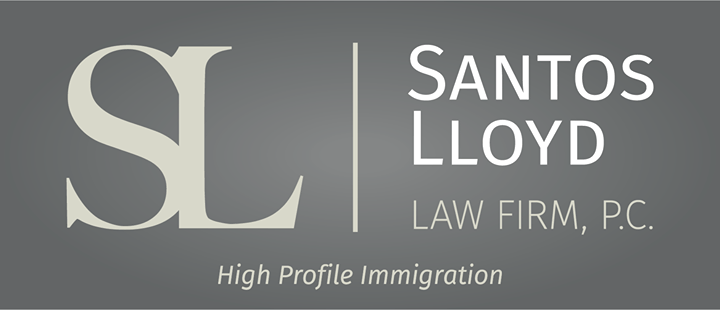Stirring Up Opportunity: U.S. Visas for Chefs, Bakers, and Culinary Artisans
If you’ve ever dreamed of bringing your culinary artistry to the United States—whether as a chef in a high-end kitchen, a pastry artisan designing edible masterpieces, or a baker introducing centuries-old family recipes to American diners—there may be a visa that fits you as well as your favorite apron.
In the vibrant world of U.S. immigration, two options shine particularly bright for culinary professionals: the O-1B and the P-3 visa. While many assume these are only for Hollywood stars or folk musicians, the reality is that they’ve opened doors for creative professionals across fields—including those whose medium is flavor.
Let’s start with the O-1B visa. This visa is for individuals with “extraordinary ability” in the arts, which USCIS defines as someone who has achieved distinction through national or international acclaim. Think of it as a spotlight on your achievements—whether you’ve been featured in culinary magazines, headlined food festivals, worked in renowned kitchens, or garnered praise from respected critics and chefs. You don’t need a Michelin star (though it doesn’t hurt)—you just need to prove that your skill and reputation put you in a class above the rest. With this visa, you can work in the U.S. for up to three years, with the possibility of extensions if you're still cooking up success.
Now, if your passion lies in preserving and sharing your cultural heritage through cuisine, the P-3 visa may be the better fit. Designed for artists and entertainers coming to the U.S. to perform, teach, or coach as part of a “culturally unique” program, the P-3 visa is perfect for chefs trained in traditional methods who want to introduce authentic ethnic flavors to American tables. For example, a Japanese sushi master teaching regional techniques at culinary schools, a French chef recreating the rustic dishes of Provence in a farm-to-table restaurant in California, or an Italian baker bringing regional specialties like Sicilian cassata or Roman maritozzi to a bakery in Brooklyn. According to USCIS, the program must aim to “further the understanding or development of your art form,” and can be commercial or noncommercial in nature. The visa lasts for one year, with extensions available.
So why are these options such a win for culinary professionals? For one, they bypass the long timelines and complexities of labor certification. They’re faster, more affordable, and allow your talent—or your tradition—to speak for itself. In an era where Americans are increasingly craving authentic global flavors, having a native expert in the kitchen isn’t just a trend—it’s an experience. And the U.S. immigration system is catching on.
At Santos Lloyd Law Firm, we’ve helped countless culinary professionals find the right visa to match their dreams. Whether your story is written in saffron and smoke or flour and sugar, we’re here to help you bring it to life in the United States.
Ready to take your career stateside? Contact us to get started—because your next chapter may be just one visa away.
This blog is not intended to be legal advice and nothing here should be construed as establishing an attorney client relationship. Please schedule a consultation with an immigration attorney before acting on any information read here.
Angelica Rice
Similar Posts










